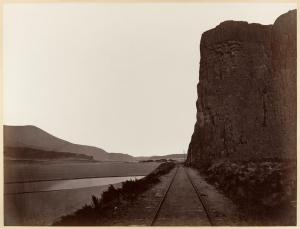The Wilderness in Landscape Art I: Proto-Ecological Visions
This course is concerned with the visualization of what is wild in the landscape and how artists pictured that which others saw as untamed. Course readings will engage with a variety of texts written by art historians, geographers, historians, writers, and theoreticians that address the invention of the modern idea of wilderness. Assumptions governing what constitutes wilderness and how artists have shaped our perception of it are among topics which we will consider. Landscapes contain life that seems to fluctuate between haggard or feral states of nature. We will investigate how an artist distinguishes between that which is cultivated and that which is natural; what images evoke nostalgia for a lost past or suggest the preference for a human dominance over those origins we have isolated ourselves from. Students will examine visual evidence in the fine arts that indicates a growing awareness of the effect of the Industrial Revolution in North America and in Europe. Although we look at ecologies through the eyes of artists, students interested in science, history, and literature are encouraged to take the course.








